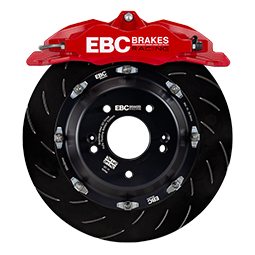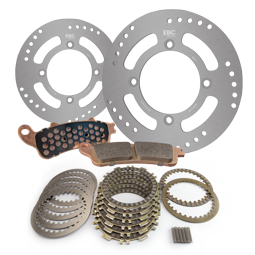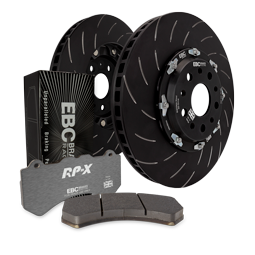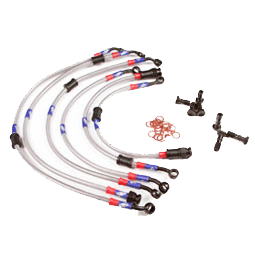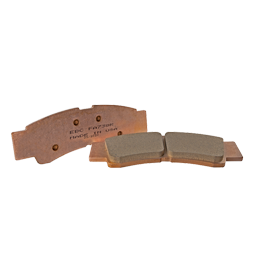EBC-Supported Drifter Sets Off on Mammoth Globetrotting Charity Adventure
Andy Howard, aka ‘Drift Across the World’, is aiming to drive his BMW from Australia to Ireland Irish drifter, Andy Howard, has begun his epic ‘Drift Across the World’ journey…
More Solid Results for EBC-Equipped Time Attack Racer at Knockhill
Martyn Henry uses EBC Brakes pads on his big-power Astra VXR build Martyn Henry is competing in the Pro class of Time Attack UK, in his heavily modified Vauxhall Astra…
Racing Articles
EBC-Equipped Trackday Championship – Season Review
Nicole Drought uses EBC Brakes Racing components on her EP3 Civic Type R Nicole Drought has been competing in the MSVT Trackday Championship for 2025, continuing to run EBC Brakes…
